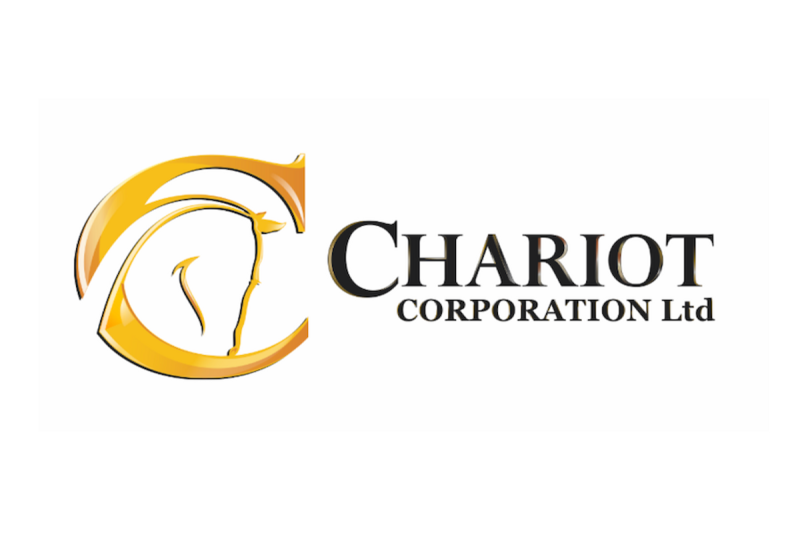
Highly Fractionated Pegmatites Confirmed at Black Mountain through K-feldspar Testing
Chariot Corporation Limited (ASX:CC9) (“Chariot” or the “Company”) is pleased to announce that it’s K-feldspar testing program conducted at its Black Mountain hard rock lithium project (“Black Mountain”) has confirmed the moderately to highly fractionated state of the outcropping LCT pegmatites at the project.
HIGHLIGHTS:
Analysis of the Rb content in K-feldspar crystals collected from outcropping pegmatites at Black Mountain confirms the moderately to highly fractionated state of the outcropping lithium-caesium-tantalum (LCT) pegmatitesThe K-feldspar potassium to rubidium (K:Rb) ratios of less than 30 are concentrated in the southern group of pegmatites, confirming that they remain the most prospective for lithium mineralization and, accordingly, are now the primary targets for future drillingThe results of this work have demonstrated to the Company that K-feldspar testing can quickly and cost-effectively distinguish fractionated LCT pegmatites prospective for lithium mineralisation from unmineralised pegmatites and, accordingly, will be used at Chariot’s other projects in the U.S.A.
A pXRF (portable X-ray fluorescence) device was used on 218 potassium-feldspar (“K-feldspar”) samples collected from the outcropping pegmatites at Black Mountain.
Many of these samples also displayed anomalous caesium (Cs) and tantalum (Ta) values, further supporting the existence of LCT pegmatites in the area.
The Company will expand its drilling plans and drill test the Southern Target Area.
Chariot engaged Environmental Resources Management (ERM) to assist with an orientation sampling program at the Black Mountain project to:
1) determine fractionation states of pegmatites by sampling the K-feldspar minerals;
2) identify any fractionation trends (based on K/Rb ratios), in order to define and rank zones for further drill testing; and
3) test for LCT-pegmatite suite elements (Cs, Rb, Ta, and Sn), as further indication of LCT type pegmatites.
The results of this work demonstrate the effectiveness of using K-feldspar testing to distinguish prospective lithium mineralized LCT pegmatites from less fractionated pegmatites. K-feldspar testing has enabled the Company cost-effectively to sharpen the focus of its exploration activities at Black Mountain and will also be used to focus exploration at the Company’s other projects. K-feldspar sampling is currently being conducted at the Copper Mountain and South Pass projects in Wyoming U.S.A.
Figure 1: Black Mountain Leapfrog model showing the mapped pegmatites over the DEM, downhole pegmatite intersections and outcrop K/Rb fractionation data. Oblique view looking northeast.
Fractionation State of the Pegmatites
ERM’s experience and global dataset of K-feldspar K/Rb fractionation data indicates that pegmatites with a K/Rb value of less than 30, have the highest potential to host lithium mineralization (see also Chariot’s ASX announcement dated 19 June 20241). It was determined that the K-feldspar fractionation data from the Black Mountain pegmatites (see Table 1) are consistent with moderately to highly fractionated pegmatites with significant potential for LCT mineralization.
The pXRF analyses of K-feldspar (see Table 1) show elevated content of LCT-pegmatite suite elements (Cs, Rb, Ta, and Sn) and moderate to high fractionation states.
The Black Mountain pegmatites located in the project’s Southern Target Area exhibited K/Rb ratios averaging 24 and are associated with high-grade lithium mineralization encountered at surface and in drill holes. This drill data was provided by the Company in its ASX announcement dated 3 May 20242. The data indicates that the sampled pegmatites are all LCT-type.
Click here for the full ASX Release
